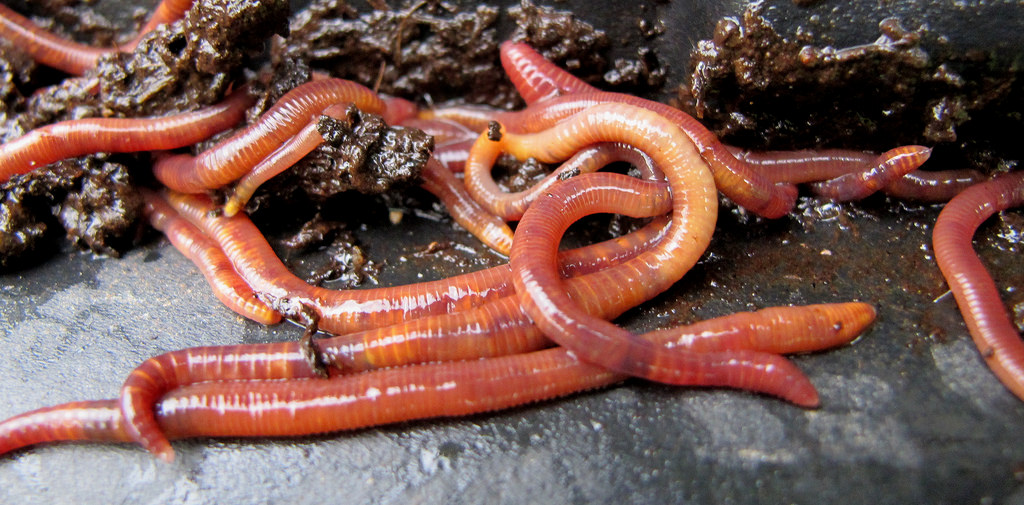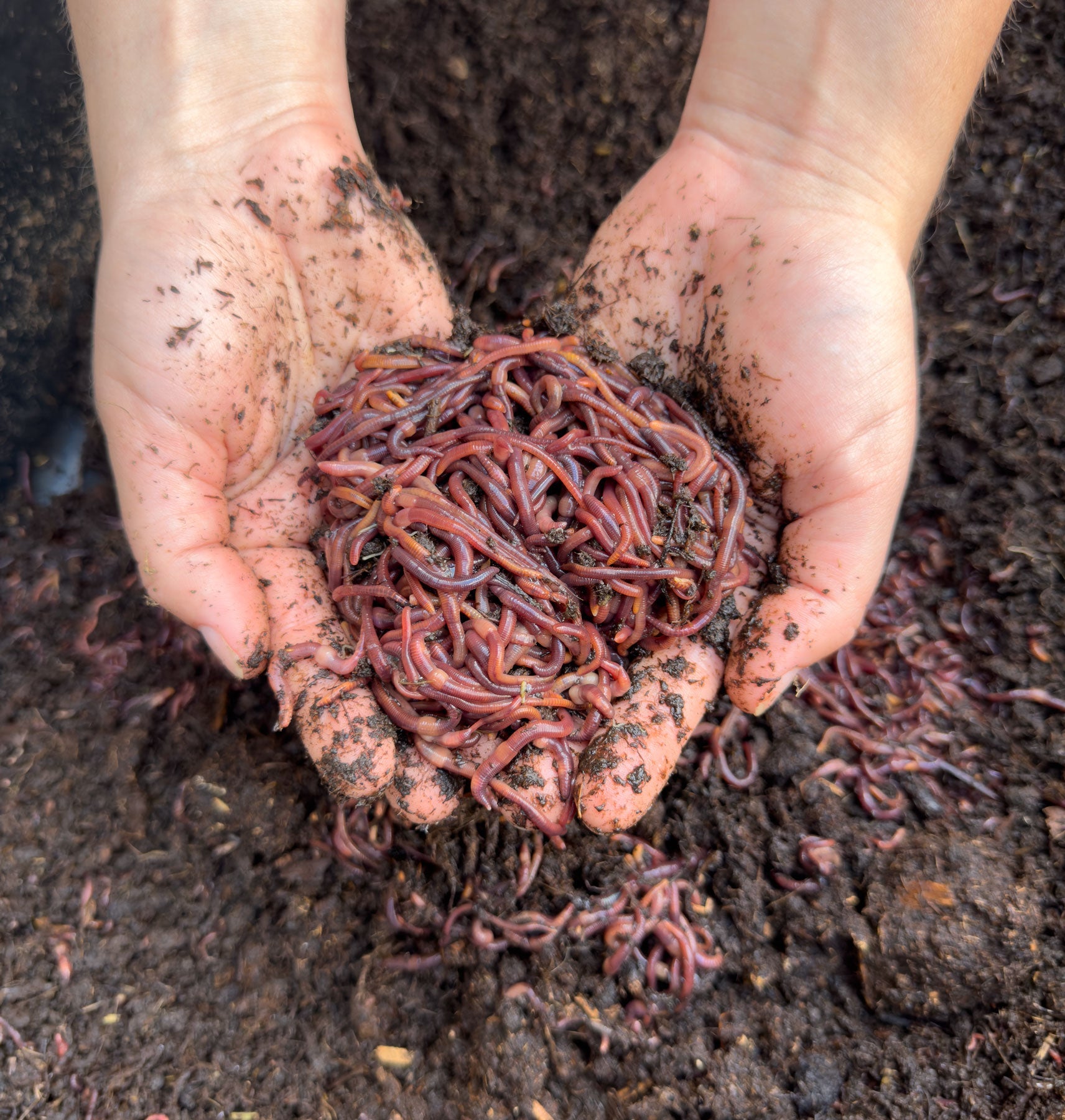Red Wigglers: The Unsung Heroes of Organic Waste Recycling
Red wigglers, or Eisenia fetida, function as vital agents in the organic waste recycling process, transforming thrown out products into important vermicompost. Their effective failure of raw material not just boosts dirt high quality however likewise adds to lasting waste monitoring methods. As the globe increasingly seeks services to fight waste build-up and boost farming performance, comprehending the role of these worms ends up being crucial. What devices enable them to thrive in compost settings, and how can they be effectively used in both residential and commercial settings? Discovering these inquiries reveals the broader effects of vermicomposting in our environmental landscape.
What Are Red Wigglers?
The remarkable strength of red wigglers, scientifically referred to as Eisenia fetida, emphasizes their essential function in organic waste recycling. These tiny, reddish-brown earthworms are typically discovered in breaking down raw material, such as compost heap and manure stacks. Lake Hickory Bait. Unlike other earthworm types, red wigglers prosper in nutrient-rich settings and are highly effective at breaking down organic products, making them crucial for vermicomposting

Advantages of Composting With Worms
Composting with worms, particularly red wigglers, uses various advantages that improve both waste administration and dirt health and wellness. These worms effectively damage down natural waste, transforming it right into nutrient-rich vermicompost that improves dirt. This procedure increases disintegration, enabling for a much faster recycling of kitchen scraps and other organic products compared to standard composting techniques.
In addition, the vermicompost produced by red wigglers is brimming with advantageous bacteria, which help boost dirt framework, oygenation, and wetness retention. This boosts the overall health and wellness of plants, advertising strenuous development and enhanced yields in yards and agricultural setups. The usage of worms in composting minimizes the manufacturing of greenhouse gases, such as methane, contributing to an extra lasting waste administration system.

Just How to Beginning Vermicomposting
Developing a vermicomposting system is a simple process that can produce considerable advantages for both waste monitoring and dirt enrichment. To start, pick a suitable container, such as a plastic bin or wooden box, with adequate ventilation holes to guarantee appropriate air flow. The dimensions ought to ideally be around 2 feet by 3 feet, enabling sufficient area for the worms to flourish.
Next, prepare bedding material, which can include shredded newspaper, cardboard, or coconut coir. This bedding should be dampened to develop an ideal environment for the worms. When the bed linens is in place, introduce red wigglers (Eisenia fetida) right into the container, usually around one extra pound of worms for each square foot of surface.
Complying with the placement of worms, add natural waste, such as vegetables and fruit scraps, coffee premises, and crushed eggshells. Avoid including milk, meat, or oils, as these can produce odors and attract parasites. Position the bin in a shaded, temperature-controlled location to preserve optimal problems for worm activity. With these steps, you will properly start a vermicomposting system that adds to lasting waste management and improves your dirt.
Keeping a Healthy Worm Bin
Aeration is important. Carefully mixing the bedding and food scraps every few weeks prevents compaction and guarantees that all worms have accessibility to oxygen. Additionally, it is very important to feed the worms suitably. A balanced diet plan of fruit and veggie scraps, coffee premises, and crushed eggshells ought to be used in small amounts to avoid overfeeding, which can result in odors and bugs.
If the bin comes to be also warm or chilly, the worms may become worried. By faithfully handling these elements, one can investigate this site maintain a durable and effective worm bin.
Impact on Lasting Living
The effective maintenance of a worm bin not just benefits the health of red wigglers yet likewise contributes significantly to lasting living practices. By recycling natural waste, such as kitchen area scraps and lawn particles, red wigglers aid divert substantial quantities of material from landfills. This decrease in waste not only lowers greenhouse gas discharges however additionally lessens the environmental burden related to waste administration.
Moreover, the spreadings produced by red wigglers work as a nutrient-rich organic plant food, improving dirt health and wellness and promoting plant development. This natural option to chemical fertilizers sustains lasting agriculture and horticulture methods, reducing reliance on synthetic inputs that can hurt ecosystems. Furthermore, worm composting fosters understanding of waste monitoring, motivating people and communities to take on more sustainable behaviors.

Conclusion
In recap, red wigglers serve as vital factors to natural waste recycling through their efficient disintegration of natural materials. By integrating vermicomposting right into waste administration methods, individuals and communities can significantly lower waste while promoting environmental sustainability.
Comments on “Use Lake Hickory Bait for Amazing Lawn Health and Gorgeous Greens”